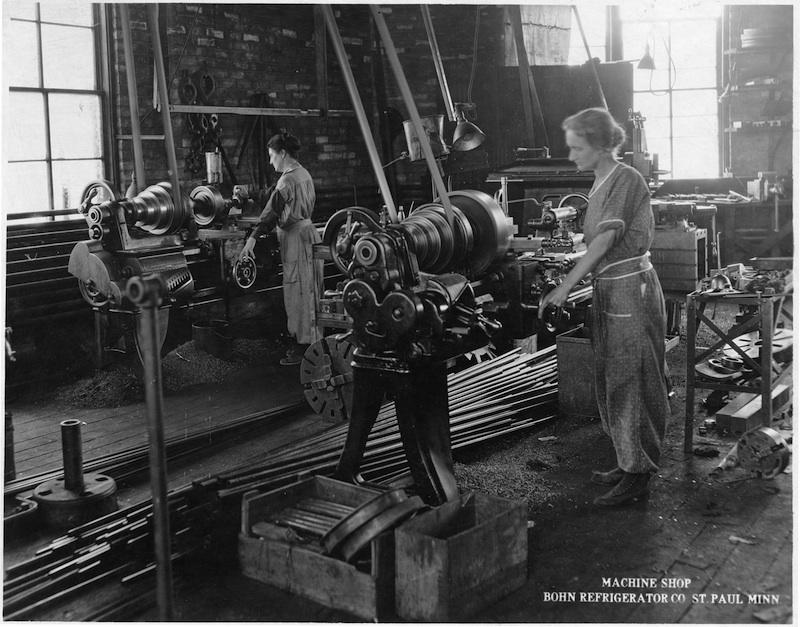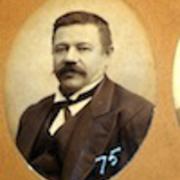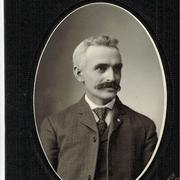
Work Place Hazards
Capitol construction workers suffered from injuries that were the result of the working conditions in place c.1900. From the information the project team uncovered, their injuries resulted from falls, uncontrolled dust in the environment and from contact with machinery: Several photographs of stone workers and sculptors show no dust control measures in place. So silicosis, an illness caused by exposure to silica dust from stonecutting and polishing, that resulted in the scarring of lung tissue, must have been a common occurrence. Silicosis is the most commonly reported occupational disease worldwide and has been known since ancient times. It results in shortness of breath, persistent coughing, fatigue, and ultimately, death. For more information about silicosis see: Silicosis
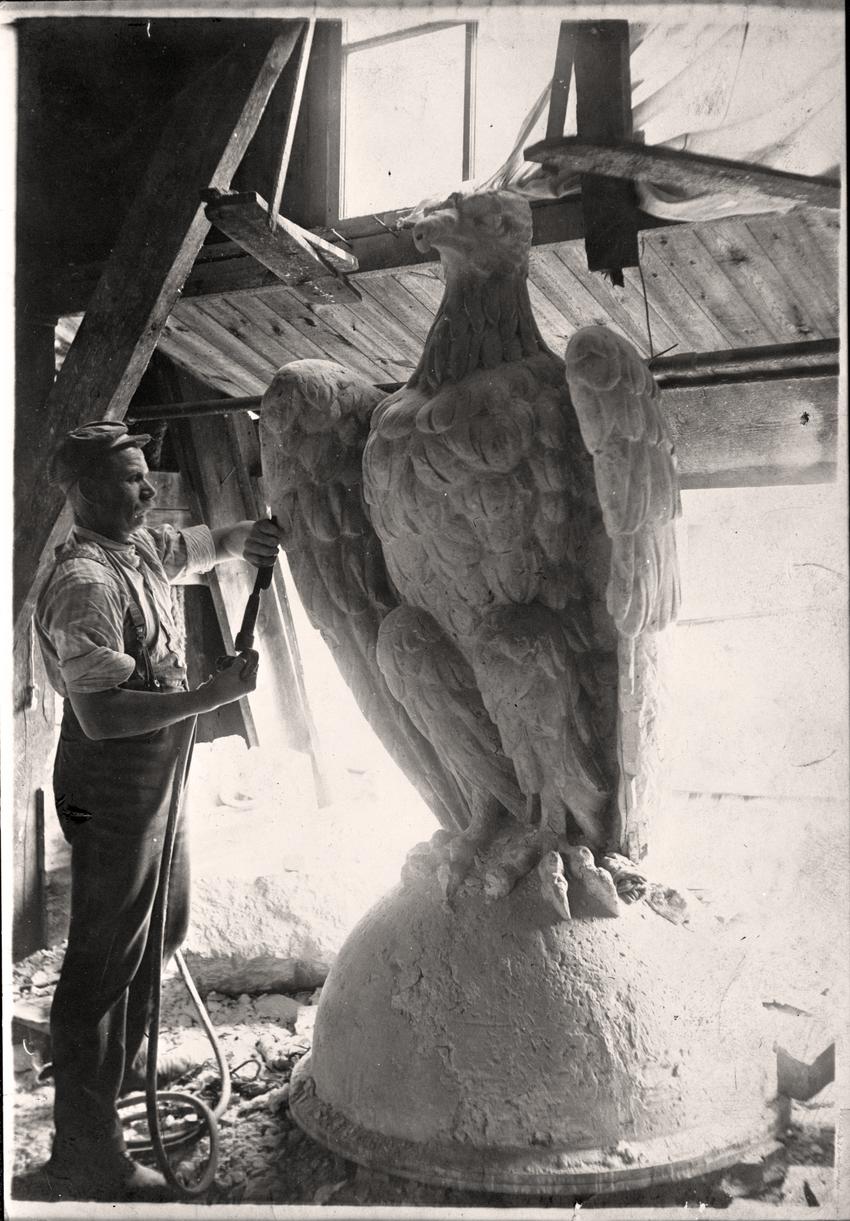
Falls also occured and most of the men who died on the capitol were killed in falls. The construction photographs show scaffolds with no railings and no evidence of safety harnesses or other equipment have been found to date. Numerous other photographs show both the construction site and quarries strewn with either marble and stone debris resulting in uneven walking surfaces.
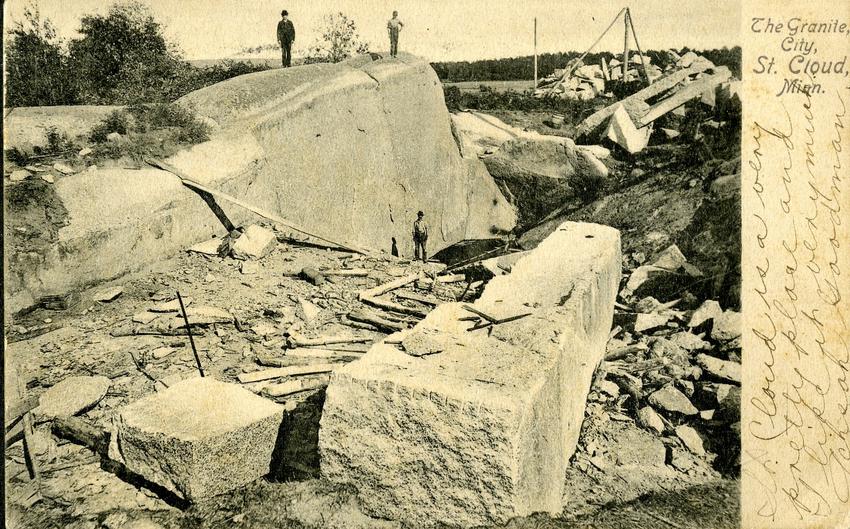
Stone polishing and cutting machinery were also dangerous for the men working on the construction site and in the quarries. The first man killed on the construction site was caught in the flywheel of a stone polishing machine. Photographs of the time show factory machinery with exposed belts and gears in which workers' clothing or arms could be caught in.
